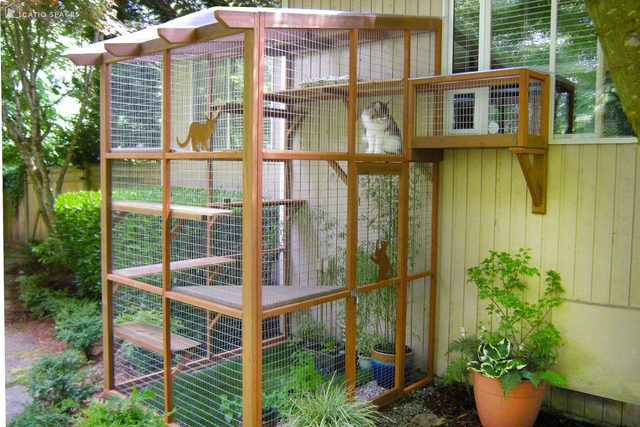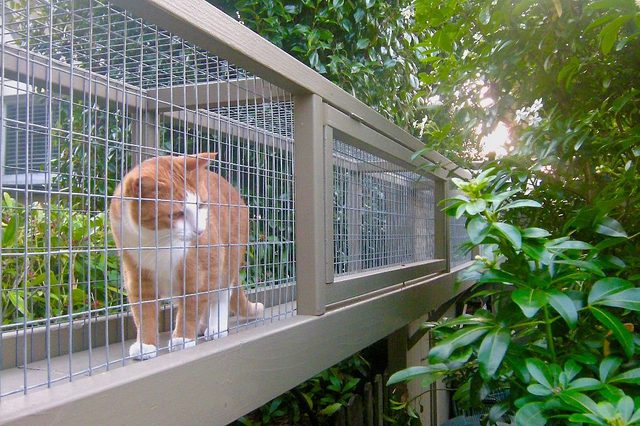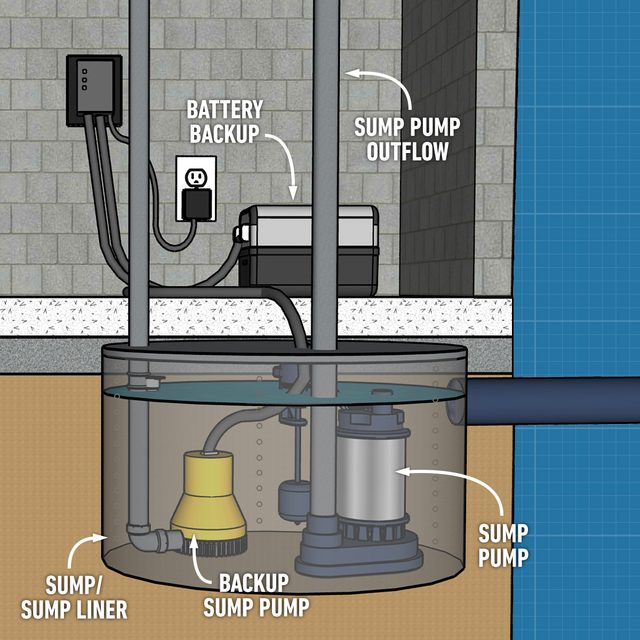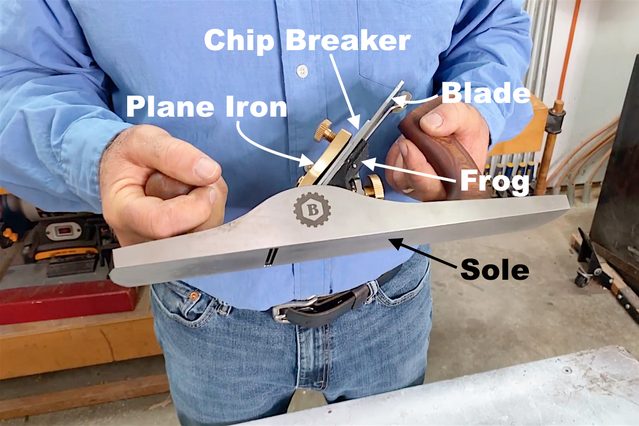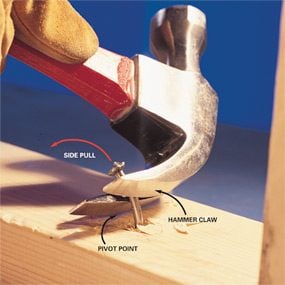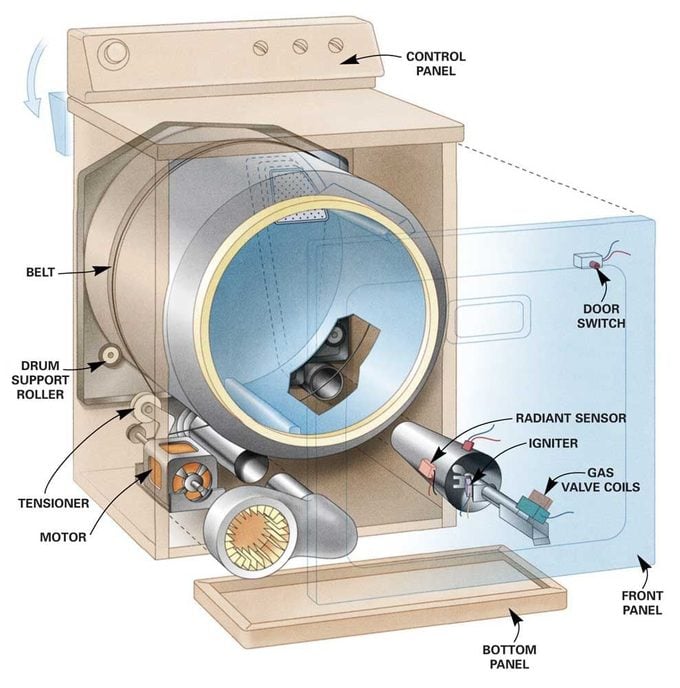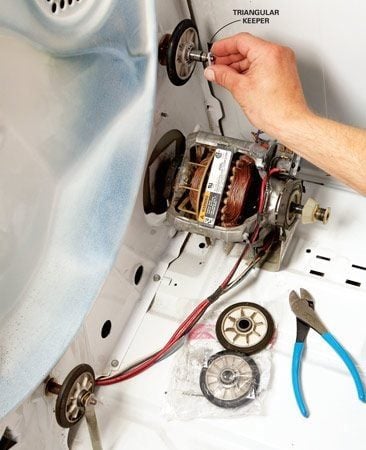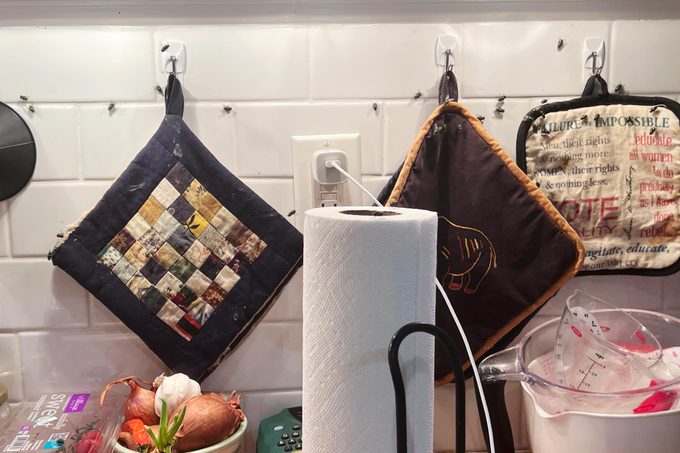Because they’re underground, basement walls are technically already soundproof. If you want a truly quiet basement, you’ll need to know how to soundproof your basement ceiling. This helps dampen the sounds of footsteps and voices coming from above while preventing basement noise from disturbing those upstairs.
If the basement you want to soundproof is still under construction or undergoing a major remodel, you’re in luck. That’s by far the best time to soundproof. Getting in during construction means you can add soundproofing material to the top and underside of the subfloor, making it doubly effective.
But even if the basement is already built and finished, you still have soundproofing options. Most are DIY-able.
A wooden subfloor does a poor job of soundproofing for two reasons. First, the subfloor is full of gaps where sound can travel unhindered. Second, the subfloor vibrates in resonance with sound waves, essentially letting them pass right through. A good soundproofing strategy eliminates gaps by adding extra mass in layers decoupled from each other and from the joists.
Fill Gaps
Caulking gaps in the ceiling is a good way to start soundproofing. Don’t use just any old caulk, though. You need acoustic caulk, an elastomeric material that doesn’t harden and crack over time. Its resilience dampens incoming sound waves.
For an unfinished ceiling with exposed joists, apply the caulk around the perimeter of the subfloor and in any visible gaps and seams between the sheets of plywood. While you’re at it, seal gaps around pipes and wires that pass through the floor.
Add Insulation
Batt insulation does a pretty good job of damping sound vibrations, too. When sound waves strike the loosely woven fibers, they bounce back and forth, with some absorbed into the air between the fibers.
Mineral wool, known by the trademark Rockwool, works better for soundproofing than fiberglass because it’s denser and adds mass to the ceiling. The latter also contributes to sound dampening.
Mineral wool batts come in the same widths as fiberglass and fit snugly between exposed joists. They might stay where they are by themselves. If not, hold them in place with string or duct tape until you install drywall. If the ceiling already has drywall, it might be worth the effort to remove it and add insulation. This also gives lets you bulk up the ceiling covering.
Choose the Right Mass
Thick or dense materials block sound better than light materials. To increase mass, you could install extra drywall and/or a layer of mass loaded vinyl (MLV).
MLV comes in four-foot rolls, and you fasten it directly to the ceiling joists under the drywall. If the ceiling is already covered, you can’t install MLV. In that case, you can increase mass by adding an extra layer of 1/2-in. soundproofing drywall.
It costs a lot more than regular drywall, so if you’re on a budget you may prefer a double layer of regular drywall. If so, you’ll get better sound attenuation by using 5/8-in. drywall instead of the standard 1/2-in. material.
Decouple Sound-Insulating Layers
Decoupling prevents sound waves from reaching the joists. The most common ways to decouple are installing resilient channel or isolation clips, or using a noise-proofing compound like Green Glue.
Resilient channel is a type of metal beading attached to the ceiling joists before you install drywall. The channel’s C-shaped cross-section physically separates the drywall from the joists, and prevents the wood from vibrating in resonance with sound waves that hit the drywall. You screw the channel to the joists, then screw the drywall to the channel.
A similar decoupling method uses isolation clips in conjunction with furring channel (also known as hat channel). After you screw the clips to the studs, snap in the metal channel and screw the drywall to that.
A product like Green Glue comes in a caulk gun. If the joists are exposed, apply beads of the compound to the joists before screwing drywall to them.
If there’s already a layer of drywall and you want to add a second layer, apply the compound to the inside surface of the second sheet before setting it over the existing layer and screwing it to the joists. The compound stays flexible and maintains a vibration-deadening distance between the drywall and the surface it’s attached to.
Article source here: What To Know About Soundproofing a Basement Ceiling

